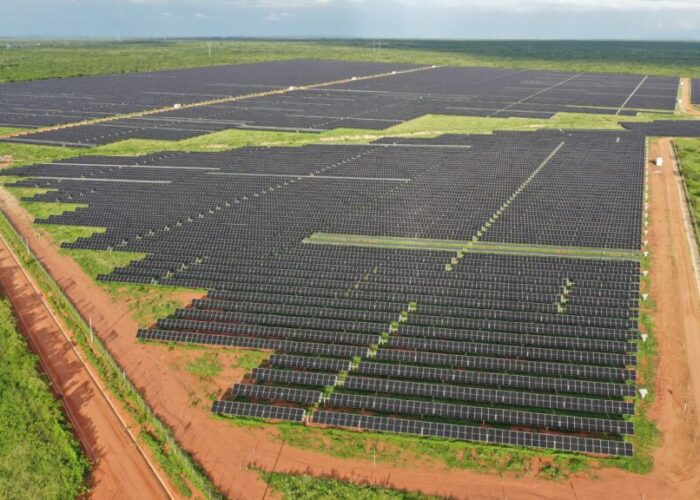In an attempt to attain the efficiencies of silicon solar cells coupled with the relative cheapness of thin-film manufacturing, XsunX has proposed a new TFPV technology that utilises the unused manufacturing capacity of the hard disk drive industry with the aim of mass production of cheap and efficient solar cells.
While current manufacturing techniques use the near-20% efficiency CIGS-based thin films, XsunX points out that this technology does not take advantage of the benefits of working with stationary, small area production technologies that can result in higher efficiencies. The company is working with a HDD equipment manufacturer to borrow small area deposition, material control and material transport technologies from the disk drive industry.
Unlock unlimited access for 12 whole months of distinctive global analysis
Photovoltaics International is now included.
- Regular insight and analysis of the industry’s biggest developments
- In-depth interviews with the industry’s leading figures
- Unlimited digital access to the PV Tech Power journal catalogue
- Unlimited digital access to the Photovoltaics International journal catalogue
- Access to more than 1,000 technical papers
- Discounts on Solar Media’s portfolio of events, in-person and virtual
The company proposes a new manufacturing method that uses small area processing techniques on approximately 5″ square stainless steel wafers. These techniques use the high rate processing techniques developed within the hard disc media industry, potentially increasing production, efficiency, factory yields and reducing cost.
XsunX is currently in the process of adapting high rate production tools from the disk drive industry and combining it with process knowledge from the thin-film manufacturing industry.
“Our approach to CIGS thin film, combining sophisticated high rate HDD equipment with proven CIGS processes that have been matured in the laboratory, offers XsunX an opportunity to differentiate by providing significant improvements and cost reductions for the use of solar power,” commented Robert Wendt, Chief Technology Officer for XsunX.
The idea for the use of the HDD industry in this application came from the fact that, what with the economic downturn, the HDD has a glut of excess manufacturing capacity. XsunX has claimed that converting only half of the HDD industry would lend itself to adding nearly 3GWp per year of solar production capacity.
Potential applications for the wafers include the replacement of existing silicon wafers for this cheaper substitute; eliminating size constraints associated with monolithic thin-film technology; and various BIPV and residential applications and consumer products.
Image (right) shows a sample 126mm stainless steel substrate. This sample depicts the flexibility of the stainless steel wafer format and development the backside contact Chrome Molly process. This work is being done to demonstrate the adaptation of high rate deposition techniques utilizing HDD equipment.







